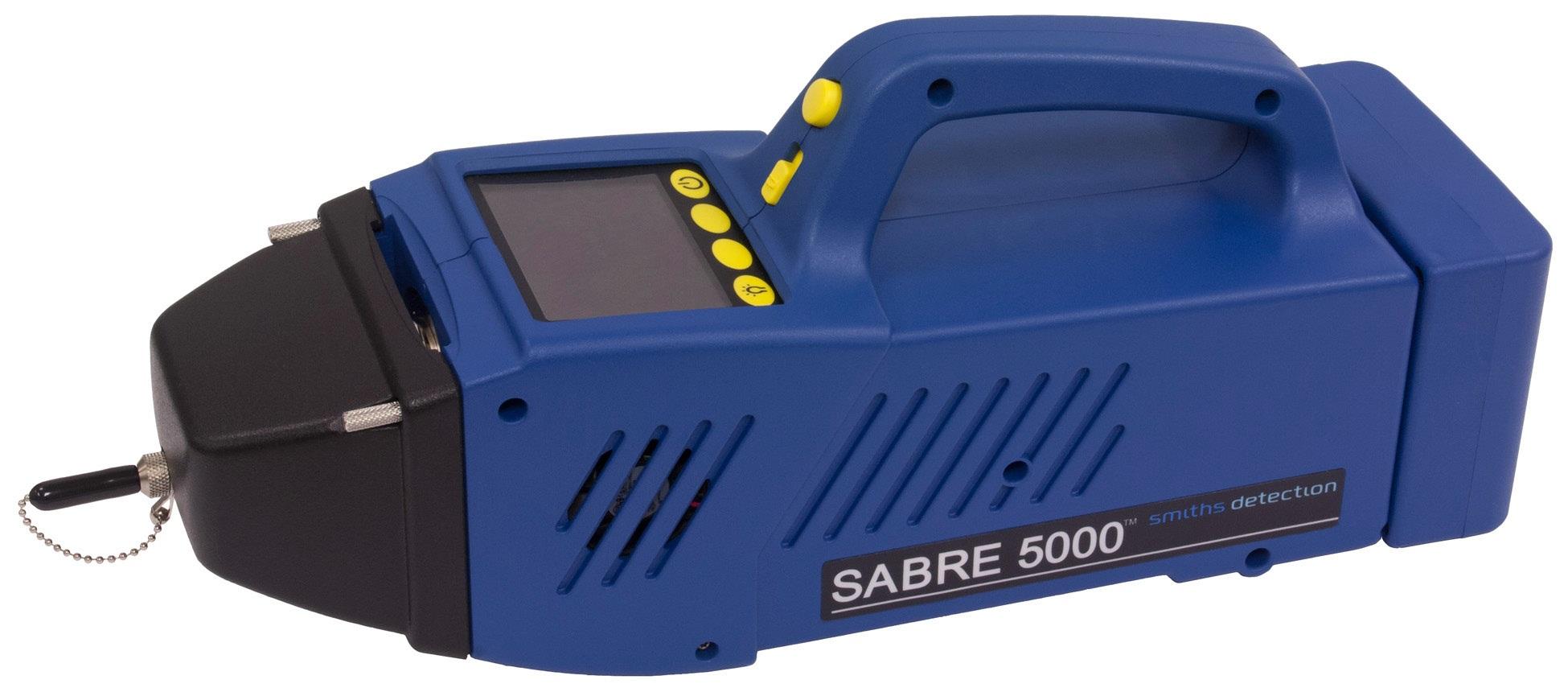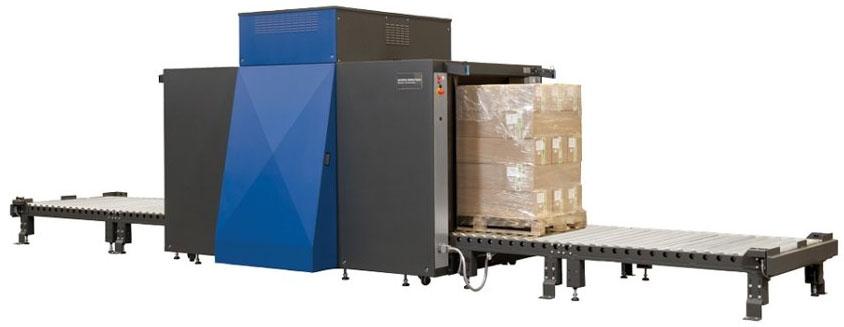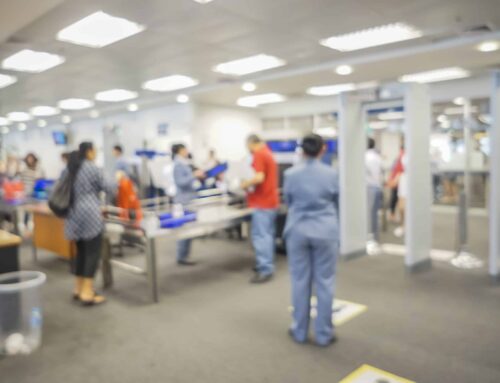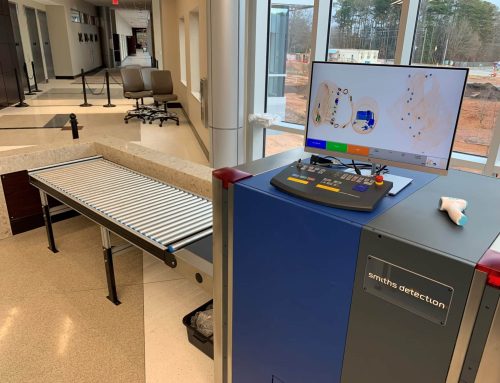Handheld trace detectors for narcotics are an essential tool for law enforcement and security personnel. They provide a non-invasive method of detecting drugs such as cocaine, methamphetamines, marijuana, and heroin. Here is a quick look at handheld trace detectors for narcotics, including their testing methods, usage guidelines, and more!
What Are Handheld Trace Detectors for Narcotics?
Trace detectors for narcotics are handheld electronic devices that use spectroscopic methods of detection to identify a range of illegal drugs. These wands have sensors that can detect chemicals within seconds, enabling law enforcement and security personnel to detect illicit substances quickly. Drug detection devices are highly sensitive and accurate, making them a dependable tool for drug screening and identification.
How Do Trace Detectors for Narcotics Work?
Trace detectors for narcotics use a wide range of sensors to identify potentially dangerous drugs and pharmaceuticals. The wand works by picking up “signatures” emitted from the drug it has been designed to detect. The handheld device then passes this information through built-in software which can detect different substances with high accuracy.
What Drugs Can Be Found With Trace Detectors?
Trace detectors can identify a wide variety of drugs including narcotics, hallucinogens, and amphetamines. These wands can also detect street drugs like cocaine, MDMA (ecstasy), and LSD. Some drug detection wands are designed to detect only certain types of drugs, while others are more versatile. Additionally, some drug detection devices may be able to detect multiple pharmaceuticals within one scan.
Tips for Properly Using Drug Detection Devices
Trace Detectors should be used properly for accurate results. To avoid false readings, always follow the manufacturer’s instructions for proper use and ensure that the tip is wiped clean prior to each scan. Additionally, it is important to stay alert and aware of any potential obstructions that may interfere with the wand’s reading accuracy, such as dust or dirt particles. Finally, keep in mind that drug detection devices are not as accurate as laboratory tests and should only be used as general guidance.






